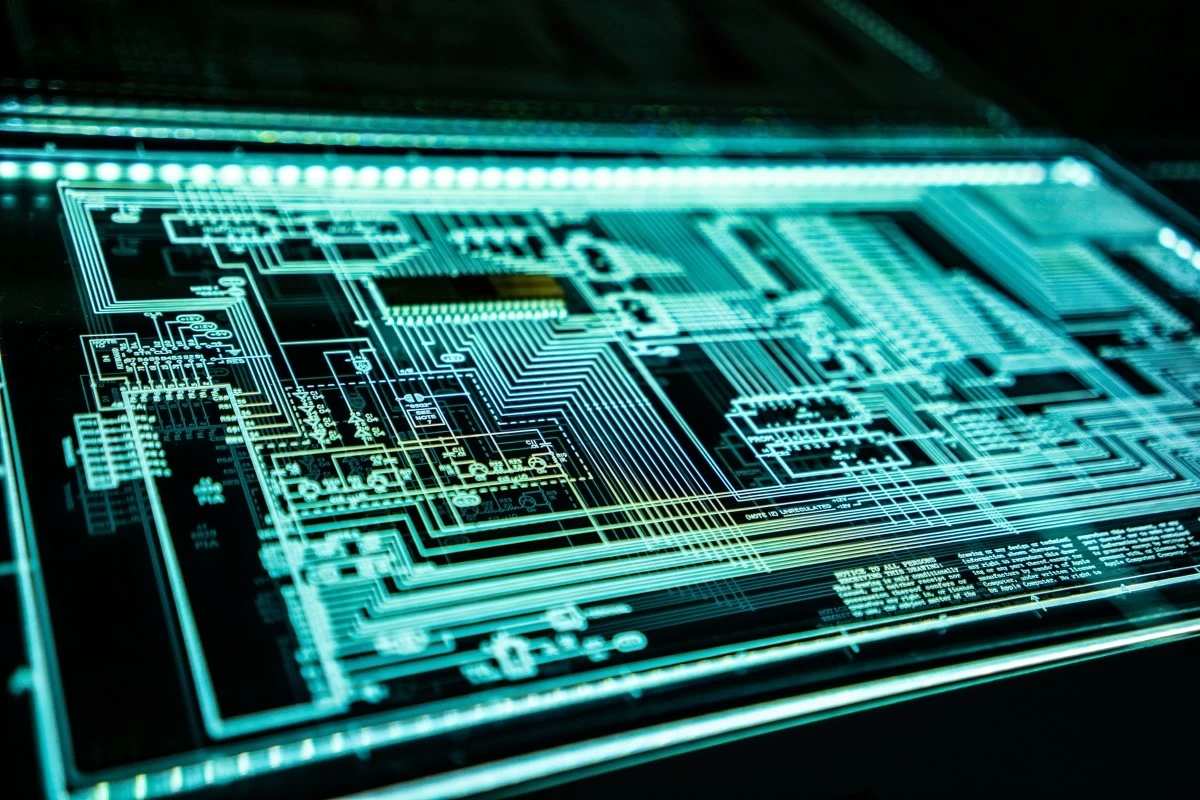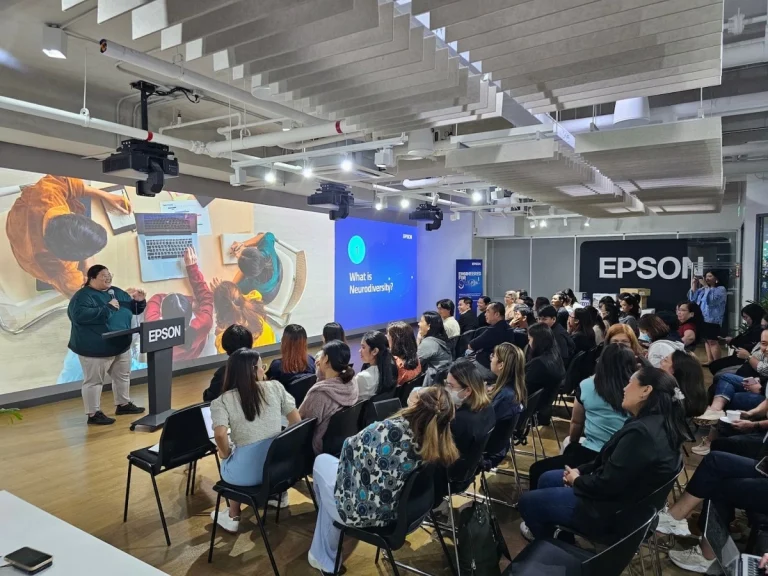
Artificial intelligence (AI) has become one of the most transformative technologies of the decade, revolutionizing industries and redefining how organizations operate. From automating workflows to enhancing data analytics and improving decision-making, AI continues to empower businesses across the globe. However, as the technology evolves, it has also opened the door to a new generation of cyberthreats that challenge traditional security defenses and expose organizations to unprecedented risks.
In recent years, cybersecurity experts have observed a growing trend of cybercriminals leveraging AI-driven tools and techniques to automate attacks, mimic human behavior, and bypass security controls. This shift represents a significant evolution in the threat landscape, one where machines are not only defending systems but also being used to attack them.
The Double-Edged Sword of AI
AI’s capability to learn, adapt, and make autonomous decisions has made it a powerful ally in cybersecurity. Many companies use Machine Learning (ML) algorithms to detect anomalies, prevent phishing, and identify potential breaches before they escalate. Yet the same characteristics that make AI valuable for defense also make it dangerous in the wrong hands.
Threat actors now use AI to generate deepfake videos, clone voices, and create hyper-realistic phishing campaigns that can deceive even the most vigilant employees. AI-powered language models can craft convincing emails without grammatical errors or suspicious tone: a sharp contrast to the poorly written phishing messages of the past. These new forms of social engineering make it harder for organizations to rely on traditional awareness training alone.
Automated and Adaptive Attacks
One of the most concerning developments is the use of AI to automate cyberattacks. Hackers can now deploy algorithms that scan for vulnerabilities, exploit them in real time, and adjust strategies based on the target’s defenses. For example, AI-driven malware can change its code structure to evade detection, a technique known as polymorphic malware. This level of automation enables attackers to scale their operations and launch large-scale campaigns with minimal human intervention.
AI can also enhance password-cracking and brute-force attacks. With deep learning, systems can predict likely password combinations by analyzing user behavior, previous breaches, and linguistic patterns. The result is a faster and more efficient attack process that significantly reduces the time needed to compromise an account.
Deepfakes and Disinformation
Another alarming trend is the rise of AI-generated disinformation. Deepfake technology — powered by generative AI — can create realistic videos and audio recordings of individuals saying or doing things they never did. These have been used not only in political manipulation but also in corporate fraud and identity theft. Cybercriminals have impersonated CEOs to trick employees into authorizing wire transfers or releasing confidential information, a tactic now known as “deepfake phishing.”
The implications extend beyond the corporate world. As misinformation spreads faster and becomes more believable, public trust in media and institutions could erode further, creating an environment ripe for manipulation and social unrest.
Strengthening Defenses Against AI-Driven Threats
To counter AI-powered attacks, organizations must rethink their cybersecurity strategies. Traditional firewalls and antivirus software are no longer sufficient. Instead, companies need to adopt adaptive security frameworks that integrate AI in both offensive and defensive capacities. This means using AI to detect subtle anomalies, predict attack patterns, and respond in real time.
Human oversight remains essential. While AI can automate detection and response, it still requires expert supervision to ensure ethical decision-making and contextual understanding. Investing in employee training, especially in identifying AI-generated content, will also help mitigate risks.
AI’s role in cybersecurity is paradoxical: it is both a shield and a sword. As technology continues to advance, the line between attacker and defender will blur further. The challenge lies in maintaining ethical AI use, improving transparency, and ensuring that innovations do not outpace the safeguards meant to protect society.
In the digital age, staying one step ahead of cybercriminals means embracing AI, but doing so responsibly. Organizations that strike the right balance between innovation and security will not only survive this new era of cyberthreats but also thrive in it.

jilibayn.com|Betting|Philippines|jilibayn



